A lot of effort, and heavy machinery, goes into making Santa Barbara’s beaches look spiffy.
City residents sometimes question the tractors they see removing kelp and debris from city shores. But this “beach grooming” is regulated under the City’s Sediment Management Plan and “is done on a regular basis for both public safety and aesthetic purposes,” according to Jazmin LeBlanc, the city’s assistant director of Parks & Recreation.
While some residents view grooming as necessary for cleaning up excess, stinky seaweed and debris, others view it as “destruction” of the beach, in the words of one Independent reader who submitted a tip calling out the practice on Leadbetter Beach last month.
According to UC Santa Barbara’s Explore Beaches project, beach grooming can have negative ecological and physical effects, including reducing habitat and food for wildlife and making the beach less resilient to storms and rising sea levels.
It says that in Santa Barbara, it was estimated that more than four tons (the weight of two cars) of fresh kelp is deposited on a mile of beach per day during the summer — “Just imagine the amount of kelp that can be removed from a groomed beach in a month!”

However, the city insists that the portions of Leadbetter, West Beach, and East Beach that are groomed throughout the year are limited to the dry sand above the “wrack line” — the mix of kelp and other organic material that washes ashore and feeds crustaceans and insects that, in turn, feed shorebirds.
LeBlanc said they restrict grooming to a minimum distance of 10 feet from these wrack lines to protect the coastal ecosystem.
The actual area of dry beach available for grooming changes throughout the year, according to the city. Large swells, wave run-up, and high tides occasionally deposit wrack farther up the beach, restricting beach maintenance.
Grooming happens via two methods — surf rake or raking — depending on the season, need for debris removal, and presence of “special status” species, LeBlanc explained. It includes raking, cleaning, and recontouring sand by mechanical and physical labor.
Before grooming, a biological survey is conducted to identify any protected bird species; if such birds are found, the grooming is canceled.
In summer, a surf rake, operated by a specialized tractor, is used to sort sand and debris. Sand is then returned to the beach, while the debris is removed and transported to a local recycling center.
“This July,” LebBlanc added, “we’ve seen a particularly large amount of kelp wash ashore into the dry sand, so it is my understanding that we had quite a bit to haul away.”
As to why kelp has multiplied on shore, one 2024 paper by California scientists might provide further explanation. It showed that Santa Barbara’s offshore kelp forests and onshore kelp wrack go through cycles of “abundance and scarcity,” in a pattern of “synchrony.”
In other words, the amount of kelp on beaches “could be explained by kelp abundance in the forest, wave action and beach width fluctuating together,” according to UCSB’s The Current.
This summer may just be a time of kelp abundance due to these synchronized fluctuations.

However, more broadly, researchers theorize that the uptick in seaweed globs across the world’s beaches could be due to increased nutrient pollution from cities, farms, and other human sources that causes seaweed to grow rapidly, as well as climate change causing fluctuations in ocean temperatures, rain, and currents, also fueling seaweed growth.
No matter how people feel about the weeds, beach grooming is part of the city’s routine maintenance, which also includes harbor dredging and the removal of litter and debris. According to the city, roughly 100,000 pounds of trash and debris from creek mouths, lagoons, and the beach is cleaned up by city staff and volunteers each year.
Adding to their planned beach maintenance this year, the city is also extending the seasonal sand berm on Leadbetter Beach to shield the area from storms.
The Waterfront Department received a permit modification from the California Coastal Commission “to have the flexibility to construct a storm sand berm along the whole distance of Leadbetter Beach,” explained Angela Rodriguez, public information officer for the Waterfront Department.
“The primary focus for this fall is to construct a storm sand berm to protect the Harbor West Parking Lot, and then deconstruct the storm sand berm in the spring of 2025,” she said.
Learn more about Santa Barbara’s beaches and maintenance here.
Premier Events
Wed, Dec 31
9:00 PM
Santa barbara
NEW YEAR’S Wildcat Lounge
Sat, Dec 27
7:00 PM
Santa Barbara
Schnack ‘n Bari Jazz Trio at Roy
Wed, Dec 31
6:15 PM
Santa Barbara
NYE 2026 with SB Comedy Hideaway!
Wed, Dec 31
9:00 PM
Santa barbara
NEW YEAR’S Wildcat Lounge
Wed, Dec 31
10:00 PM
Santa Barbara
In Session Between Us: Vol. I NYE x Alcazar
Wed, Dec 31
10:00 PM
Santa Barbara
NYE: Disco Cowgirls & Midnight Cowboys
Thu, Jan 01
7:00 AM
Solvang
Solvang Julefest
Thu, Jan 01
11:00 AM
Santa Barbara
Santa Barbara Polar Dip 2026
Sat, Jan 03
8:00 PM
Santa Barbara
No Simple Highway- SOhO!
Sun, Jan 04
7:00 AM
Solvang
Solvang Julefest
Thu, Jan 08
6:00 PM
Isla Vista
Legal Literacy for the Community
Wed, Dec 31 9:00 PM
Santa barbara
NEW YEAR’S Wildcat Lounge
Sat, Dec 27 7:00 PM
Santa Barbara
Schnack ‘n Bari Jazz Trio at Roy
Wed, Dec 31 6:15 PM
Santa Barbara
NYE 2026 with SB Comedy Hideaway!
Wed, Dec 31 9:00 PM
Santa barbara
NEW YEAR’S Wildcat Lounge
Wed, Dec 31 10:00 PM
Santa Barbara
In Session Between Us: Vol. I NYE x Alcazar
Wed, Dec 31 10:00 PM
Santa Barbara
NYE: Disco Cowgirls & Midnight Cowboys
Thu, Jan 01 7:00 AM
Solvang
Solvang Julefest
Thu, Jan 01 11:00 AM
Santa Barbara
Santa Barbara Polar Dip 2026
Sat, Jan 03 8:00 PM
Santa Barbara
No Simple Highway- SOhO!
Sun, Jan 04 7:00 AM
Solvang
Solvang Julefest
Thu, Jan 08 6:00 PM
Isla Vista

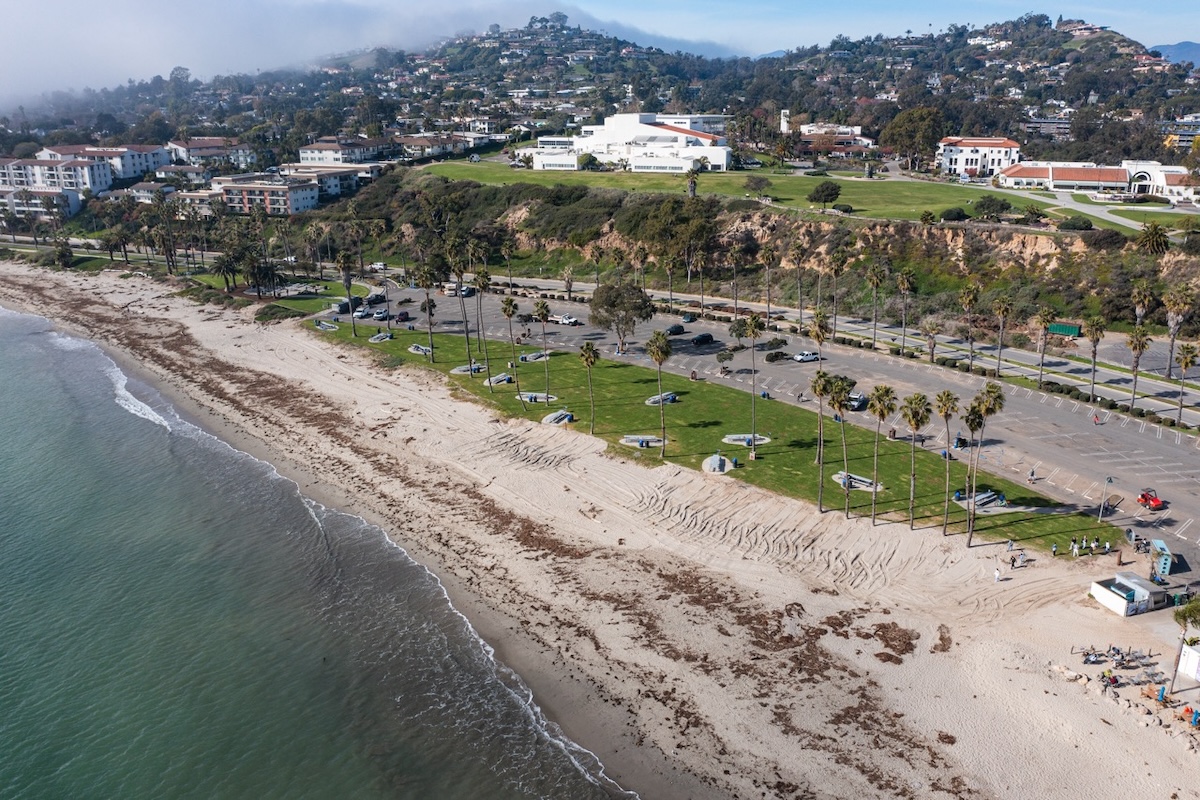

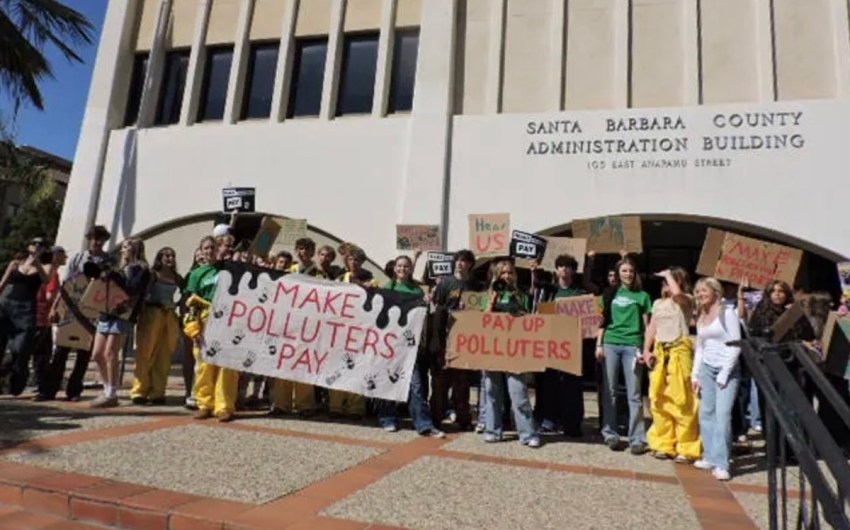
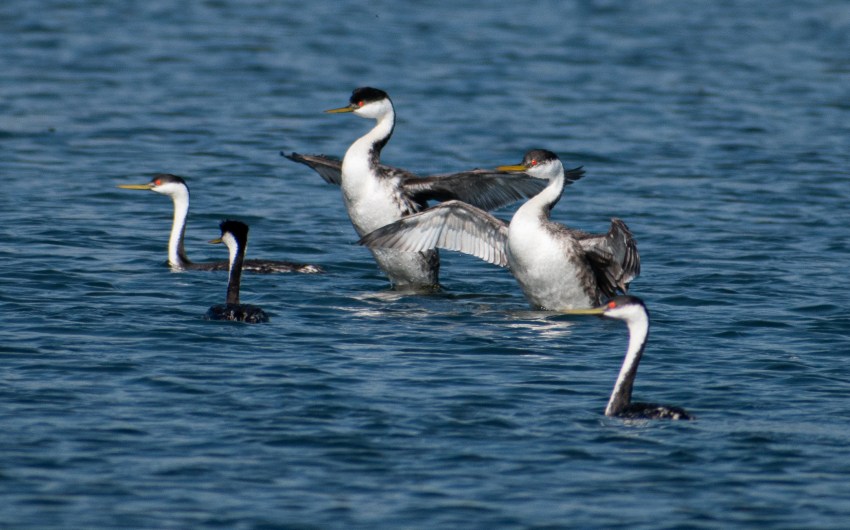
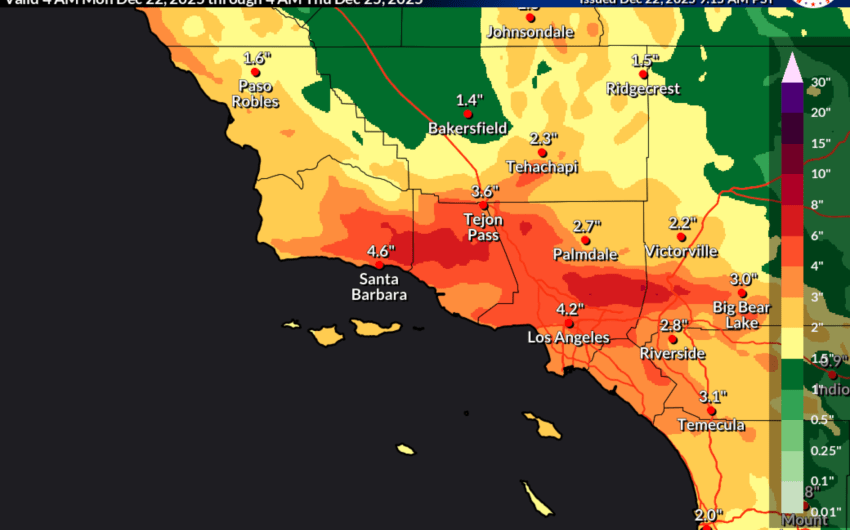
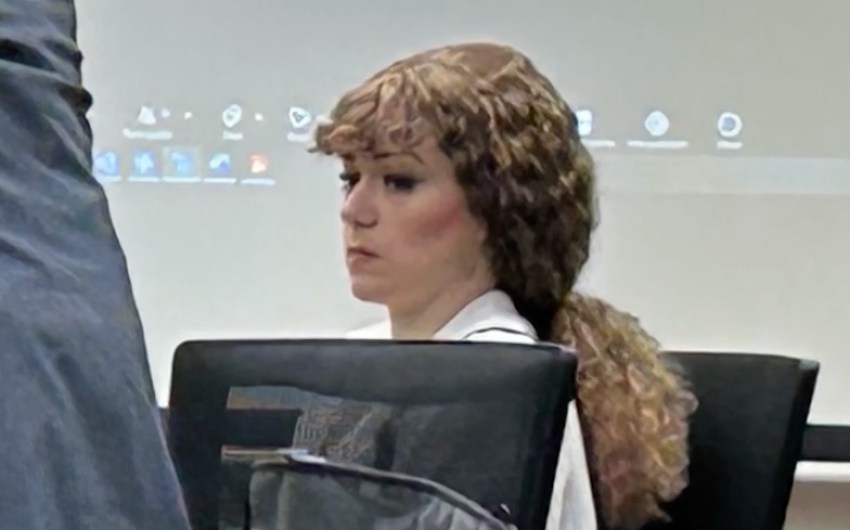


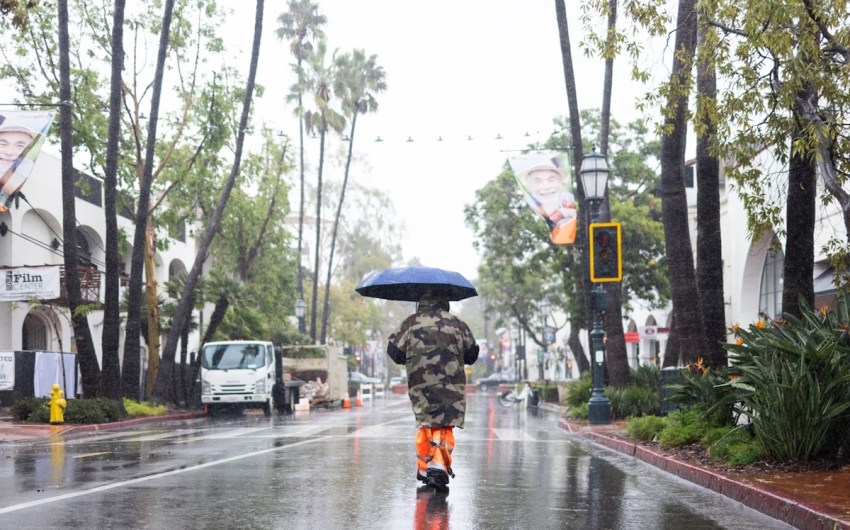
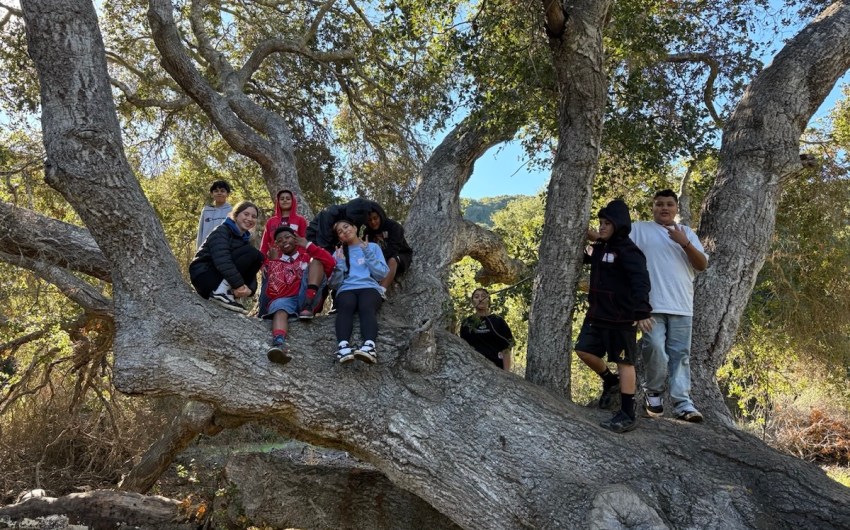









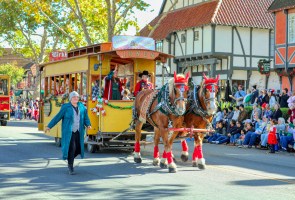
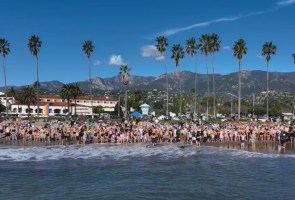


You must be logged in to post a comment.